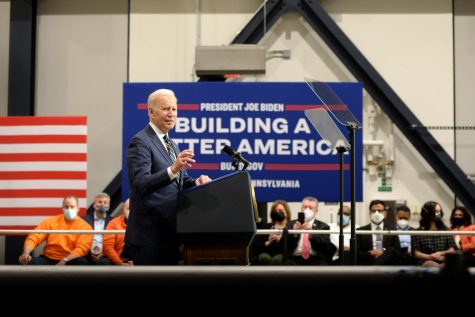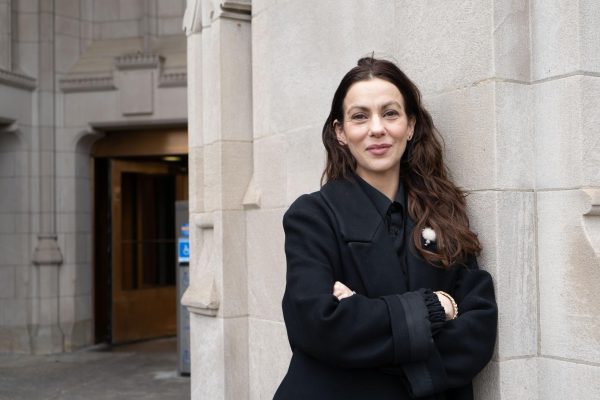Editorial: All talk: Brogan sidesteps key issues
April 9, 2014
Six months after taking on the position of Pennsylvania State System of Higher Education chancellor, Frank Brogan was officially installed yesterday and delivered his first “State of the System” address at the Dixon University Center in Harrisburg, detailing his vision for the future of Pennsylvania’s 14 state universities.
Brogan’s vision consists of a state education system that allows universities to adjust pricing to better address program costs and enrollment demands, implement new programs (including additional online education offerings) and gain more local control in approving academic completion and presidential selections.
But Brogan left out several key issues in his address that negate his optimism about higher education in Pennsylvania: a lack of state funding, declining enrollment and the desire of many universities to secede from the system.
Some of the 14 universities within the state system want to secede, and recently introduced State Senate legislation may enable them to do so.
Senators Tommy Tomlinson, R-Bucks County, and Andy Dinniman, D-Chester County, introduced legislation in March that would allow system universities to transition from state-owned to state-related status.
West Chester University, a state-owned school of 15,000 in the suburbs of Philadelphia, stands to benefit from the legislation. As a well-attended university within the state system, the senators argued that West Chester would gain the freedom to manage its budget more freely by gaining state-related status.
Brogan urged the 14 universities to collaborate to move education matters forward, but failed to address the fact that certain universities among them wish to leave the system.
Severe state funding cuts have reduced the system’s support to very low levels. Gov. Tom Corbett’s budget appropriates $412.8 million to the 14 state universities.
Brogan sidestepped the problem. The state government did not appropriate an adequate amount of money for universities to implement the programs he promised to put into place.
As chancellor for the state school system, he has an obligation to address the matter, since it has a significant influence on how much money is appropriated to each state university.
Universities within the state system have lost about 7,200 students in the past three years.
While many of Brogan’s goals — reducing out-of-state tuition rates and increasing the number of online education courses — will indirectly affect enrollment rates once put into place, he ought to address these issues head-on and draw attention to their severity.
To have such inspirational rhetoric promising change seems normal for a newly appointed chancellor. But we can only hope that further, more substantial recommendations are made to successfully address the problems within the system and that Brogan will work to strengthen educational opportunities in the state.







